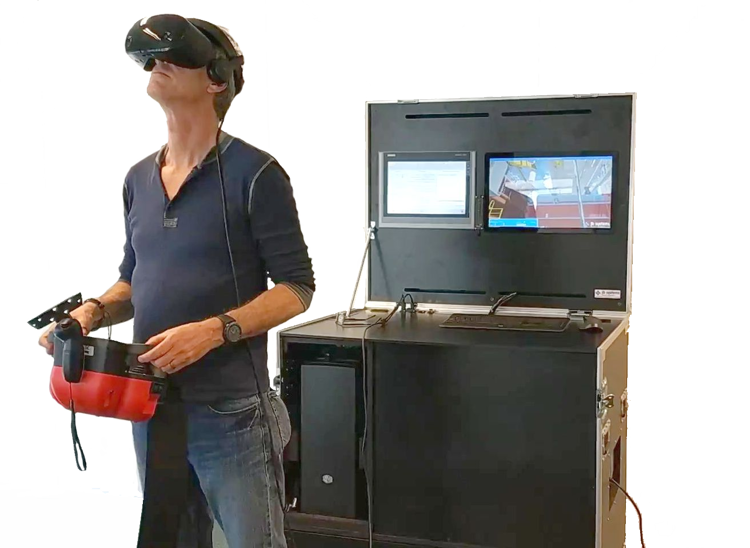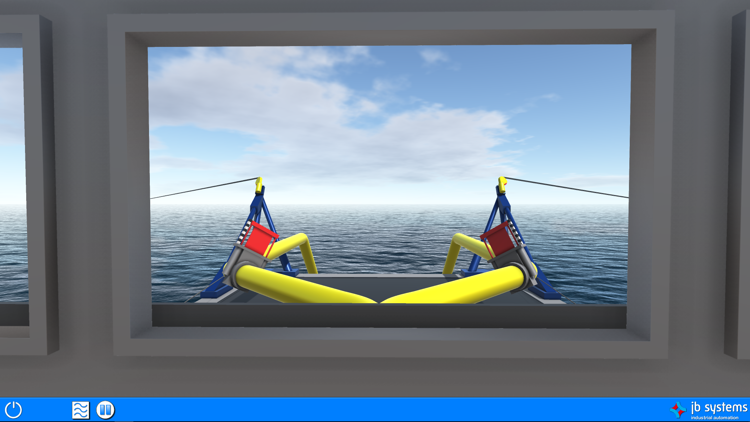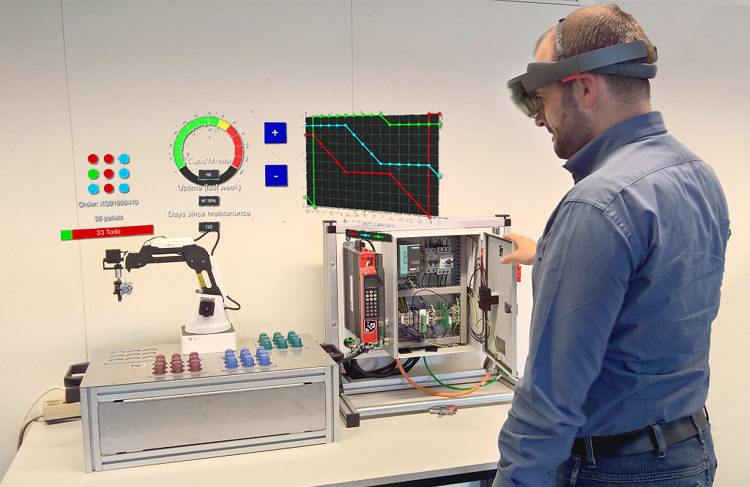Batenburg Techniek supplies customised simulators and gets the most out of the investment.
We achieve this by using existing and already realised engineering data such as 3D drawings (mechanical) and models (MatLab, Orcaflex, Python). Or by upgrading the simulator for training purposes.
For a simulation, we often integrate separate components, such as PLC hardware, computers on which the models run, and visualisation software with VR goggles and a screen visualisation. The components together form a single simulator.
Simulaties
die voor je werken





